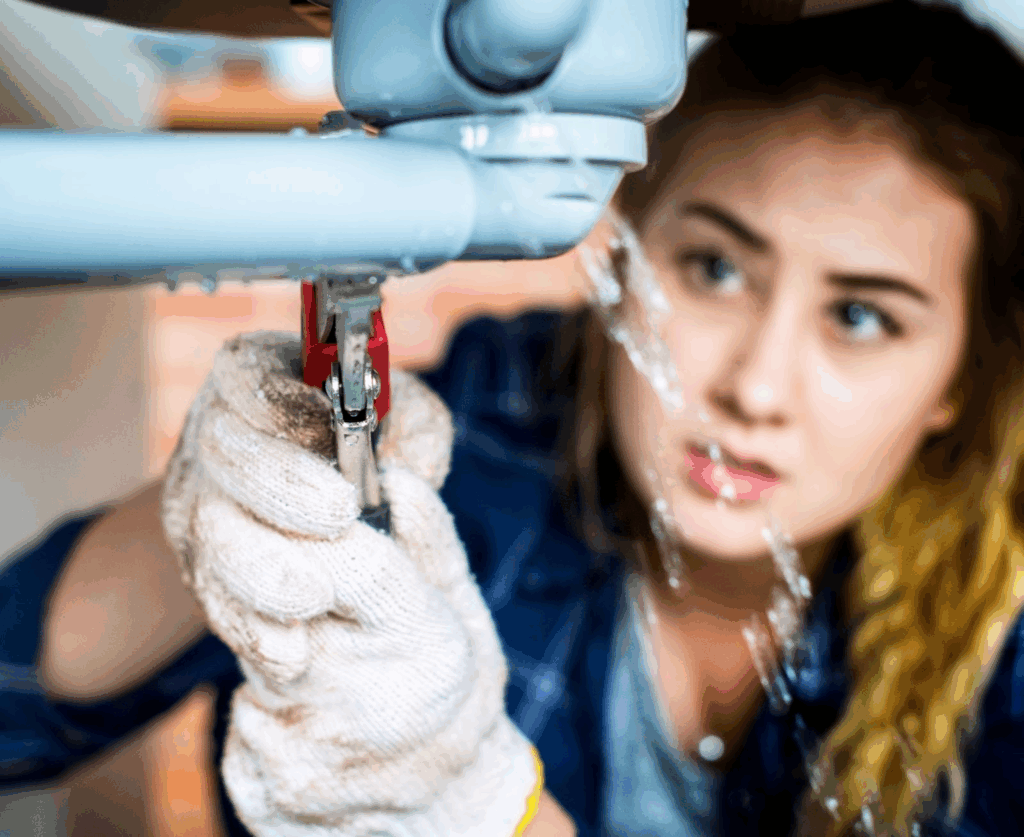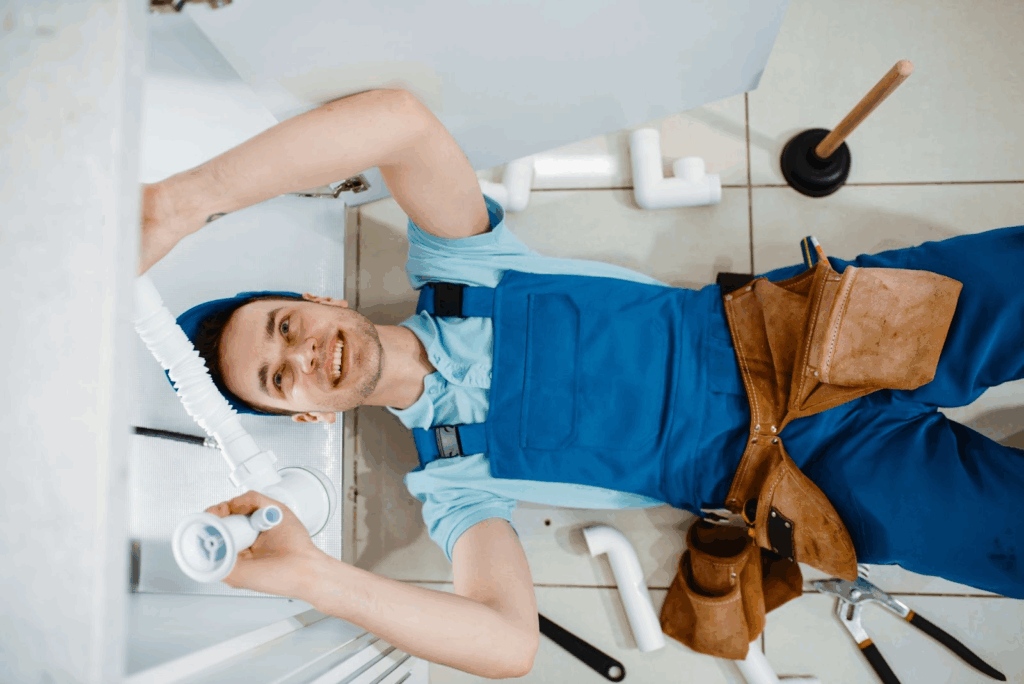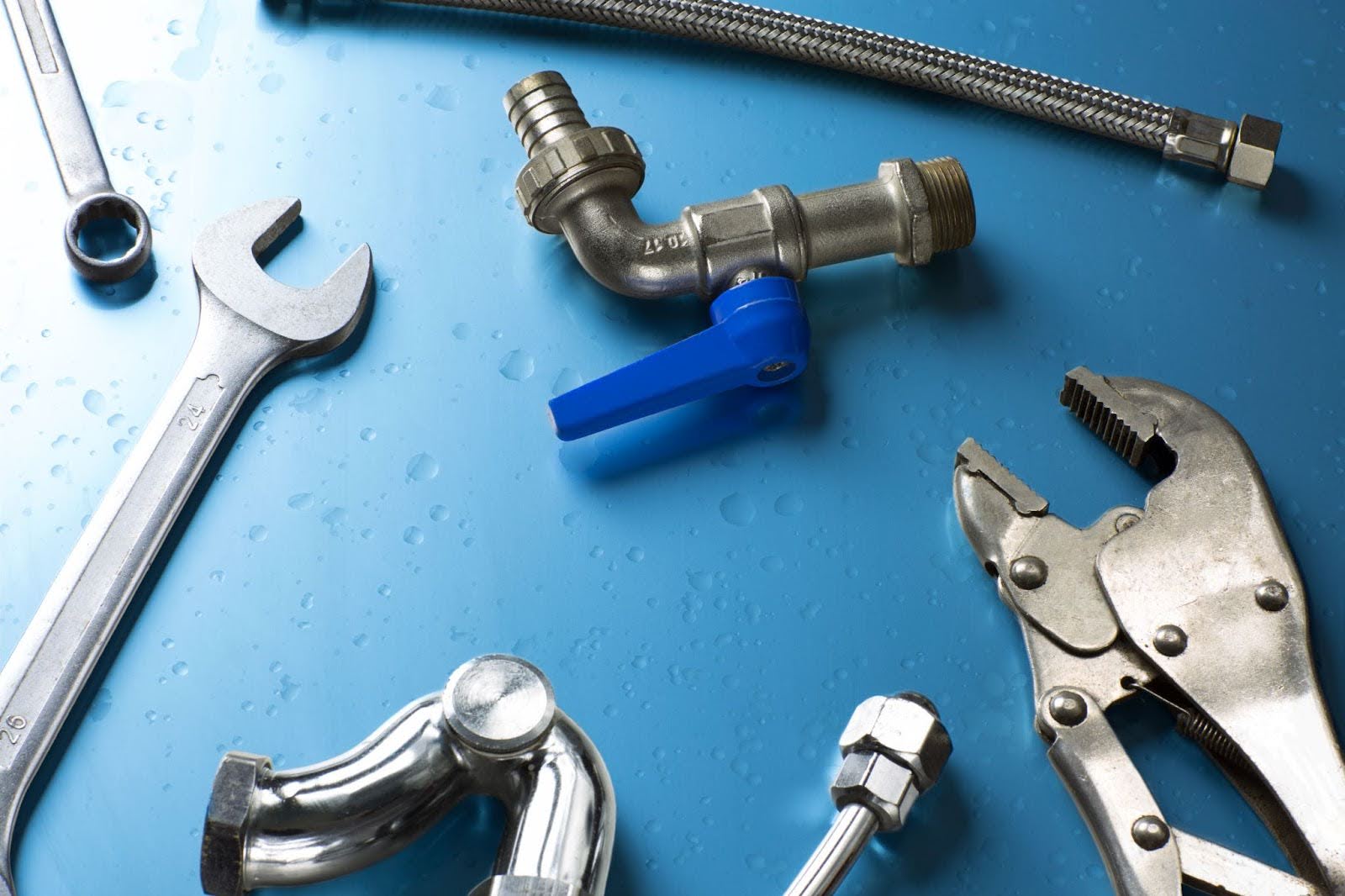Low water pressure and poor water quality are common issues many homeowners face, often caused by aging or deteriorating plumbing systems. Over time, pipes can become clogged, corroded, or leaky, reducing water flow and increasing the risk of water supply contamination. Repiping offers a reliable solution, replacing old pipes with new, more durable materials to restore water pressure and improve water quality. This process ensures cleaner, safer water while preventing future plumbing problems, making it a worthwhile investment for any home.
What is Repiping and What Materials Are Used
Repiping replaces old, deteriorating pipes in a home’s plumbing system with new pipes to improve water flow and quality. Over time, pipes can corrode, develop leaks, or become clogged, reducing water pressure and compromising water quality. Repiping involves installing modern, more durable materials, ensuring long-term reliability and fewer plumbing issues. It is a cost-effective solution to avoid frequent repairs and the inconvenience of poor water pressure and contamination. The common materials used in repiping are:
Copper
Copper has been a reliable choice for plumbing systems due to its strength and resistance to corrosion. It can withstand high water pressure and is durable enough to last decades. Copper pipes also prevent the buildup of harmful bacteria, contributing to improved water quality. Though a bit more expensive, its long lifespan and performance make it a popular choice for repiping projects.
PEX
PEX (cross-linked polyethylene) is a flexible, durable, and cost-effective repiping material. It’s resistant to corrosion and scaling, making it an excellent option for maintaining water flow and pressure. PEX can be easily installed in tight spaces due to its flexibility and is less prone to leaks than rigid pipe materials. This material also has a lower installation cost, making it an attractive option for repiping projects.
PVC
PVC (polyvinyl chloride) is a popular, budget-friendly option for repiping, especially for cold water systems. It resists corrosion, chemicals, and scaling, ensuring long-term performance. PVC is lightweight and easy to install, making it a common choice for residential and commercial repiping projects. However, it is not ideal for hot water applications, as it can degrade over time when exposed to high temperatures.
CPVC
CPVC (chlorinated polyvinyl chloride) is similar to PVC but can withstand higher temperatures, making it suitable for hot and cold water systems. It is resistant to corrosion and scaling, offering long-lasting reliability. CPVC is also easy to install and cost-effective, providing a good balance between performance and affordability. This material is widely used in repiping for residential and commercial plumbing systems.
How Repiping Improves Water Pressure
Low water pressure can be caused by aging, corroded, or clogged pipes, which restrict water flow throughout the system. Repiping helps restore normal water pressure by replacing old pipes with newer, more efficient materials. This process ensures a smoother and more consistent water flow in the home.
Replacing Corroded Pipes
Corroded pipes cause blockages and restrict water flow, resulting in low water pressure. Repiping replaces these pipes with newer, corrosion-resistant materials. This eliminates the rust and buildup that impede water flow, restoring proper pressure. By replacing corroded pipes and improving water pressure, the plumbing system functions more efficiently.
Increasing Pipe Size
Older pipes are often too small, limiting water flow and causing low pressure. Repiping involves replacing small pipes with larger ones that can accommodate more water. Larger pipes ensure that water can move freely, improving pressure throughout the system. It primarily benefits homes with high water demand or multiple water outlets.
Eliminating Pipe Blockages
Over time, pipes can accumulate mineral deposits and debris, leading to blockages that reduce water flow. Repiping replaces these clogged pipes, ensuring the new pipes have smooth interiors that prevent buildup. Without blockages, water flows more freely, resulting in better pressure. Repiping guarantees that the plumbing system operates at its full capacity.
Using High-Quality, Durable Materials
Repiping with modern, durable materials like PEX, copper, or CPVC ensures long-lasting performance. These materials resist corrosion, scaling, and damage, maintaining water flow over time. High-quality materials make the system less likely to degrade and cause pressure loss, resulting in a reliable and consistent water pressure system.
Benefits of Repiping Aside From Improving Water Flow
In addition to improving water pressure and quality, repiping offers several other advantages that enhance the overall plumbing system. While it is primarily known for addressing specific plumbing issues, several other benefits contribute to the overall performance and efficiency of a home’s plumbing system. Below are some of the key additional benefits:
Reduced Risk of Leaks
Old pipes are more prone to leaks due to corrosion, cracks, or weakened joints. Repiping with new materials significantly reduces the risk of future leaks, providing peace of mind. New pipes are more durable and less likely to degrade, preventing the costly damage that leaks can cause. This results in fewer repairs and less water damage over time.
Improved Water Efficiency
Repiping with modern materials like PEX or CPVC helps improve water flow and reduces waste. These materials are less likely to accumulate mineral deposits or corrosion that can reduce efficiency. Smooth pipe interiors ensure water travels with minimal resistance, allowing for more efficient water use throughout the home. As a result, homeowners may notice lower water bills due to better system performance.
Long-Term Cost Savings
While repiping can be an initial investment, it saves homeowners money in the long run. With modern, durable materials, the plumbing system requires fewer repairs and maintenance, reducing overall costs. Repiping also prevents leaks, clogs, and corrosion, which can lead to expensive damage if left unchecked. The investment in repiping pays off over time by preventing more costly plumbing problems.
Increased Home Value
Repiping can increase a home’s value by ensuring the plumbing system is current and reliable. Potential buyers often hesitate to purchase homes with outdated plumbing, especially if the pipes are old or prone to failure. A newly repiped home offers an upgraded plumbing system, making it more attractive to buyers and potentially leading to a higher resale value.

Signs That Indicate Your Home Needs Repiping
Spotting the signs is the first step, whether you need a repiping service or a simple repair. Knowing when to repipe your home is crucial for preventing major plumbing issues in the future. Several key signs indicate the plumbing system may fail, leading to frequent repairs and rising water bills. Paying attention to these warning signs can help homeowners avoid the costly consequences of ignoring a deteriorating plumbing system:
Discolored Water
If your water comes out brown or rusty, it’s a clear sign that your pipes are deteriorating. Corroded pipes can cause rust to enter the water supply, making it unsafe to drink or use for cleaning. Repiping eliminates the source of the contamination, restoring clean, clear water throughout the home. This is a strong indicator that the plumbing system needs an upgrade.
Frequent Leaks
Recurrent leaks commonly indicate old, damaged pipes that require replacement. If you call a plumber for frequent repairs, consider repiping. Constantly fixing leaks can become costly and inconvenient, and replacing the pipes will prevent ongoing issues. Repiping provides a long-term solution to this persistent problem.
Low Water Pressure
When water pressure drops significantly, it could be due to clogs, sediment buildup, or corrosion inside the pipes. Over time, these issues restrict water flow, resulting in low pressure. Repiping addresses these blockages and restores normal water flow, improving pressure and efficiency. If low water pressure persists, it’s often a sign that repiping is necessary.
Water Damage or Mold
Old, leaking pipes can cause water damage to walls, floors, and ceilings, which can lead to mold growth. If you notice damp spots or musty odors around the plumbing system, it could indicate hidden leaks or pipe deterioration. Repiping eliminates the risk of further damage by replacing damaged sections of the plumbing. Promptly fixing these issues prevents costly water damage and mold remediation.
Older Plumbing System
Homes with plumbing systems 50 years or older are likely to require repiping. Older pipes made from materials like galvanized steel are prone to corrosion, leaks, and reduced water quality. If your home still has these outdated pipes, repiping with modern materials is a proactive measure to ensure a safe and efficient plumbing system. Even without immediate issues, replacing aging pipes is a wise investment for the future.
How Repiping Improves Water Quality
Old, corroded, or damaged pipes can silently affect the quality of the water flowing into your home. Over time, minerals, rust, and debris can accumulate inside aging plumbing systems, leading to unpleasant tastes, discoloration, and even health concerns. Repiping your home addresses these problems at the source—by replacing worn-out pipes with newer, cleaner materials designed to support a safe and reliable water supply.
Eliminates Contaminants from Old Pipes
As pipes age, they can deteriorate internally, allowing rust, sediment, or even lead (in very old systems) to mix with your water. These impurities can give water a metallic taste or cause staining on sinks and fixtures, making it clear your plumbing needs attention.
Prevents Mold and Bacterial Growth
Leaks or pinhole cracks in older pipes can create moisture pockets behind walls or under floors, providing the perfect environment for mold and bacteria to grow. Upgrading to leak-resistant pipes reduces the risk of microbial contamination that can impact your water’s safety.
Improves Water Pressure and Flow
Clogged or narrowed pipes filled with mineral buildup can restrict water flow, making your faucets weak and inefficient. Better water pressure improves daily convenience and helps flush pipes more effectively, reducing the chance of residue buildup.
Supports Consistent Water Temperature
Worn-out plumbing can affect how consistently your home delivers hot and cold water. With new pipes, your water heater and fixtures can function more reliably, ensuring a stable and comfortable experience every time you turn on the tap.

Enhance Water Pressure and Quality With Expert Repiping
Repiping offers a reliable solution for improving water pressure and quality in your home. Replacing old, corroded, or damaged pipes with modern materials eliminates blockages, prevents leaks, and restores proper water flow. This enhances your daily water usage and ensures cleaner, safer water for your household. Investing in expert repiping services guarantees long-term benefits, including fewer repairs, reduced water waste, and a more efficient plumbing system.
Need repiping services? Visit Castaneda’s Plumbing and Rooter blog for professional advice and affordable solutions.

